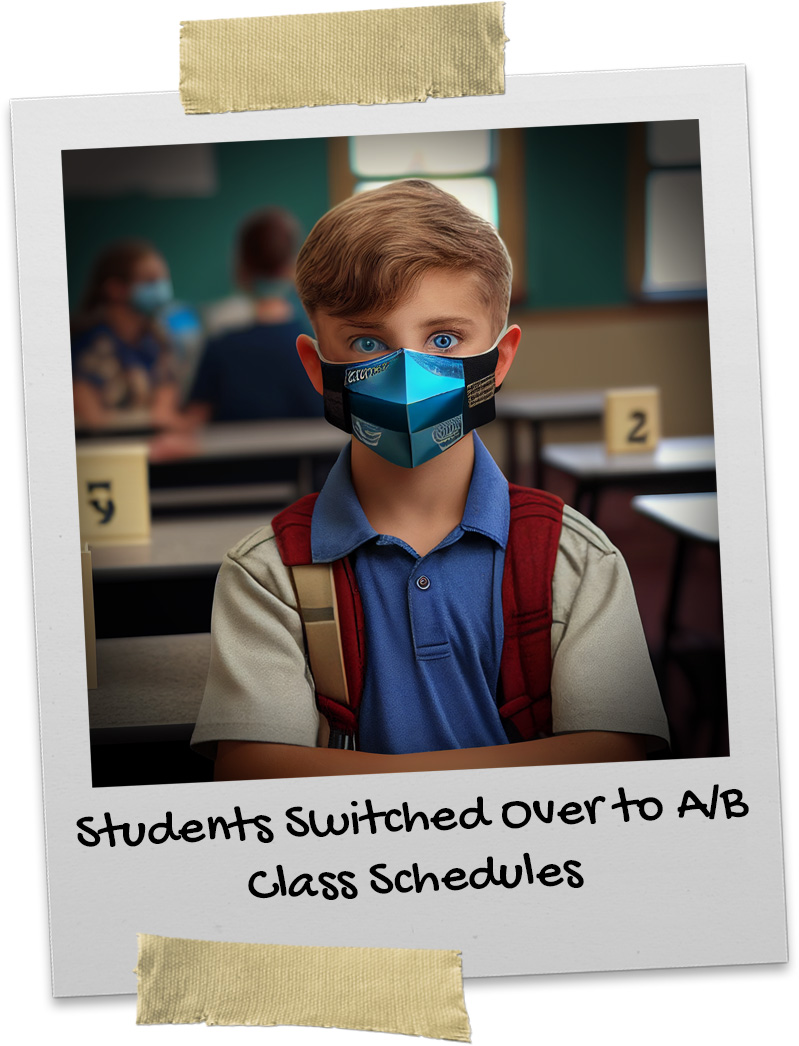The Covid-19 pandemic brought unprecedented disruption to the world of education, reshaping how we teach and learn. Overnight, classrooms went virtual, and educators became digital pioneers in a rapidly evolving landscape.
Students faced the challenges of remote learning, adapting to screens and navigating a new era of online classrooms. The digital divide became more evident, highlighting inequalities in access to technology and quality education.
Educators rose to the occasion, finding innovative ways to engage students and foster a sense of community in virtual spaces. Hybrid models, interactive platforms, and asynchronous learning became the new norm.
Parents, too, played a pivotal role, juggling work and the responsibilities of at-home learning. Homes became classrooms, and family dynamics shifted as parents became co-teachers.
Higher education saw a shift toward online degrees and remote campus experiences, prompting discussions about the future of traditional college settings. The pandemic also accelerated the adoption of lifelong learning as individuals sought to adapt to a changing job market.
As the world began to reopen, questions arose about the enduring impact of remote and hybrid learning on education. Conversations about the role of technology in classrooms and the need for flexible learning options gained prominence.
Join us on a journey through the transformative learning landscape shaped by Covid-19. Explore the resilience of students, educators, and families, and delve into the innovations and adaptations that continue to shape the future of education. 📚🎓 #EducationAfterCovid #LearningJourney
Education (11)
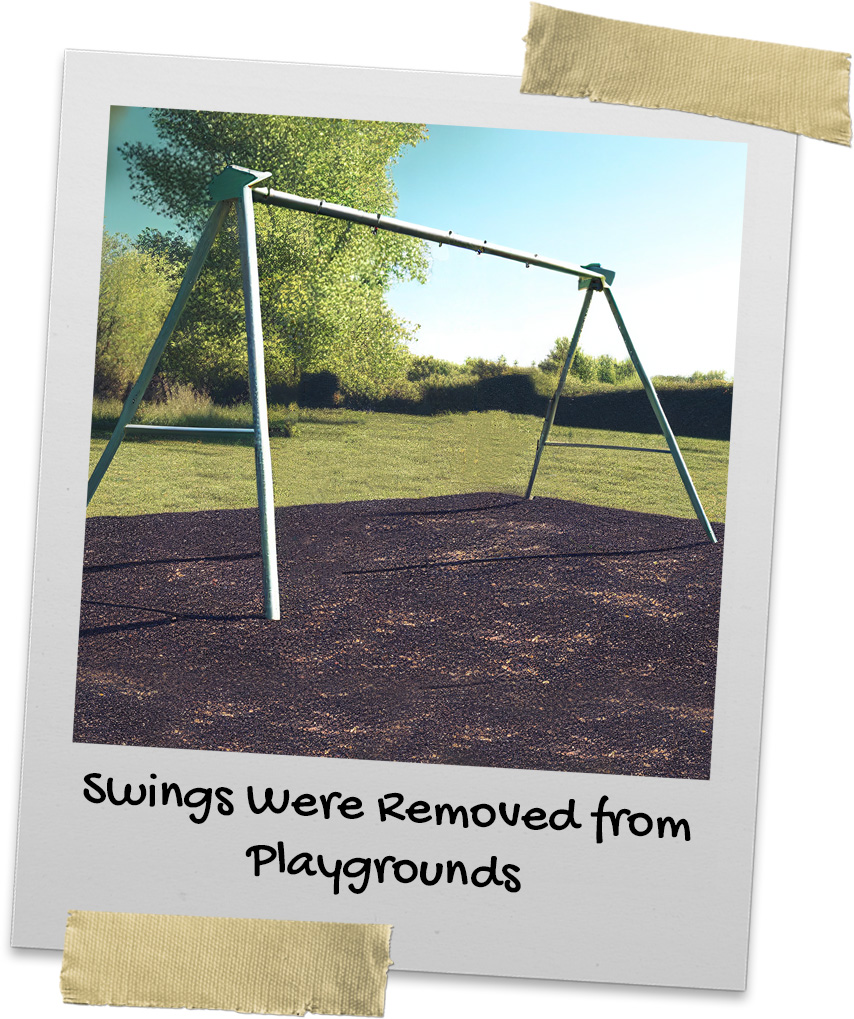
Swings Were Removed from Playgrounds
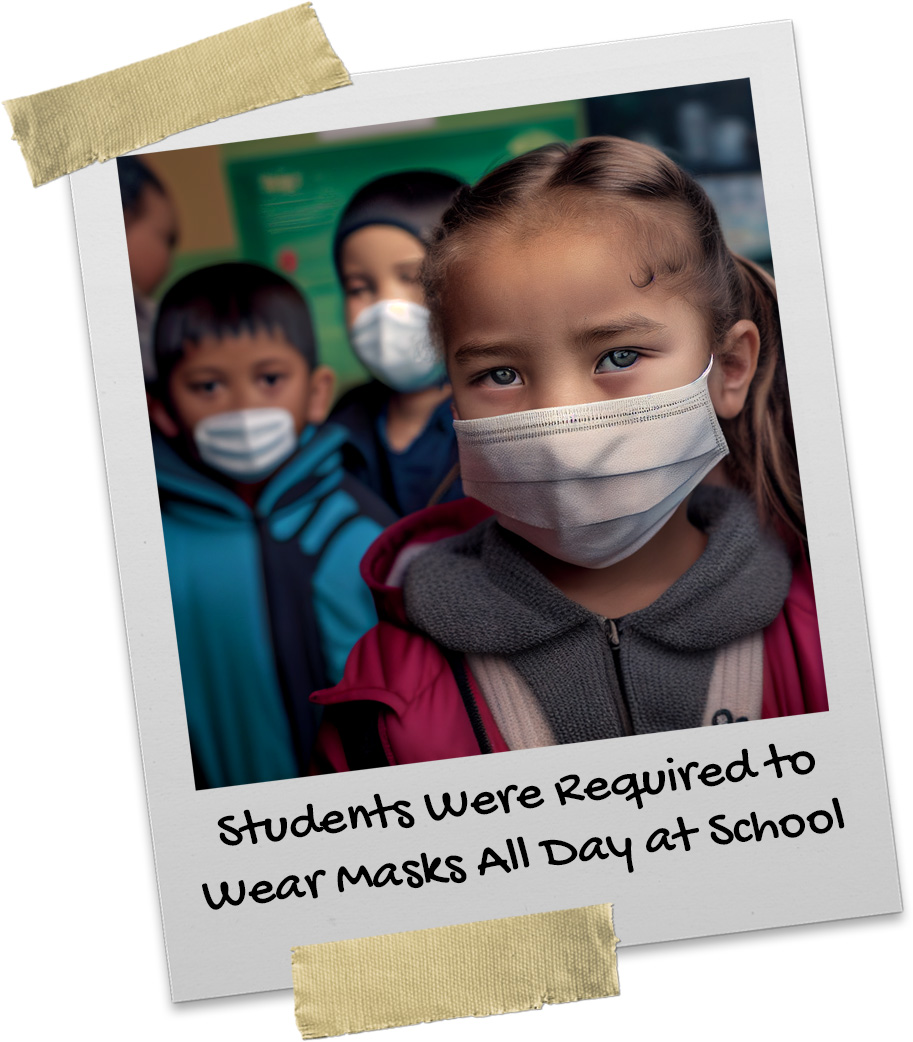
Students Were Required to Wear Masks All Day at School
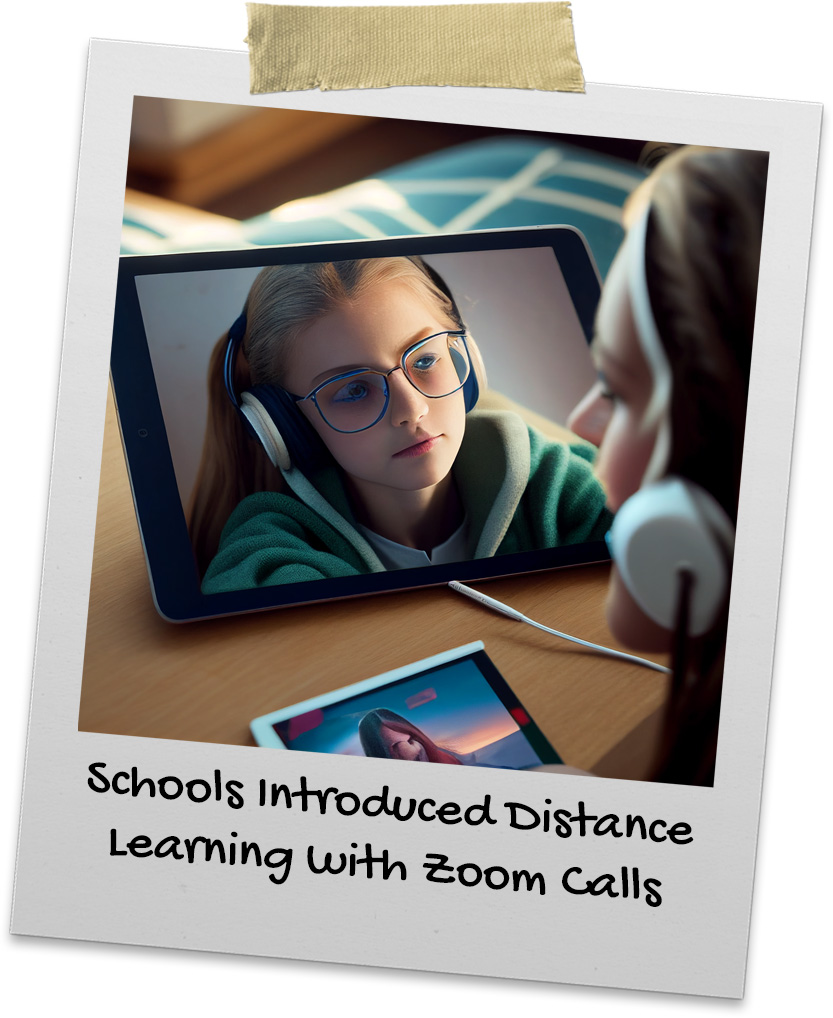
Schools Introduced Distance Learning with Zoom Calls

Schools Turned Off Their Water Fountains
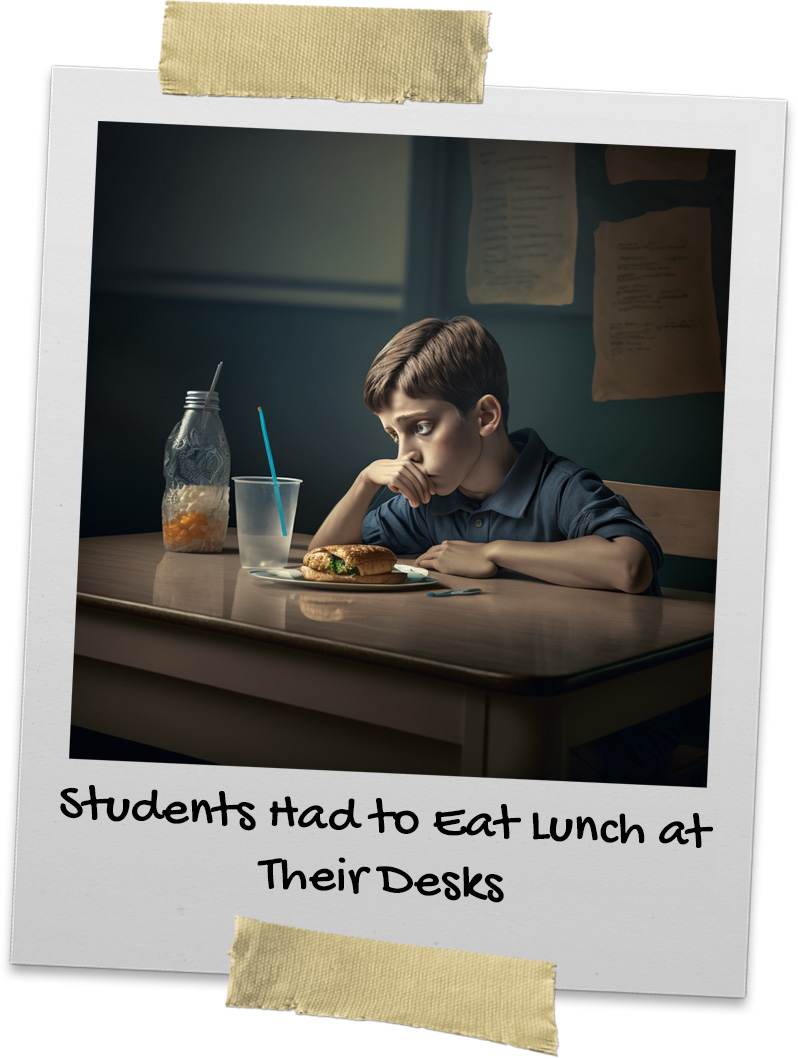
Students Had to Eat Lunch at Their Desks
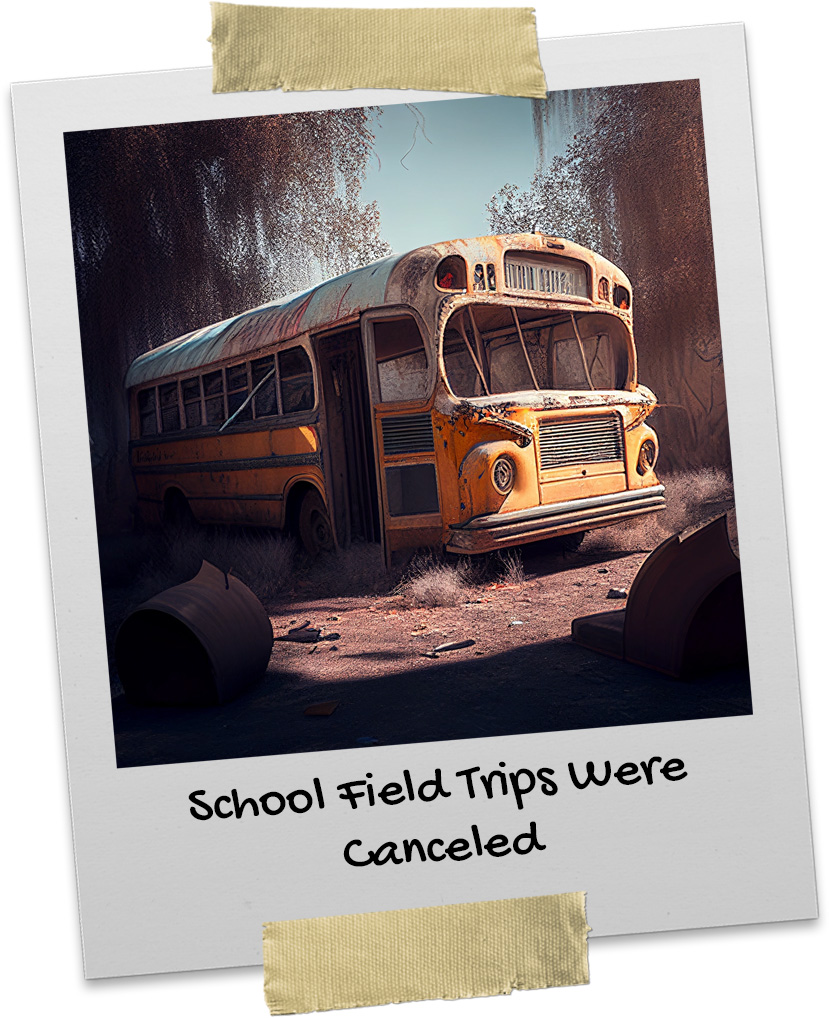
School Field Trips Were Canceled
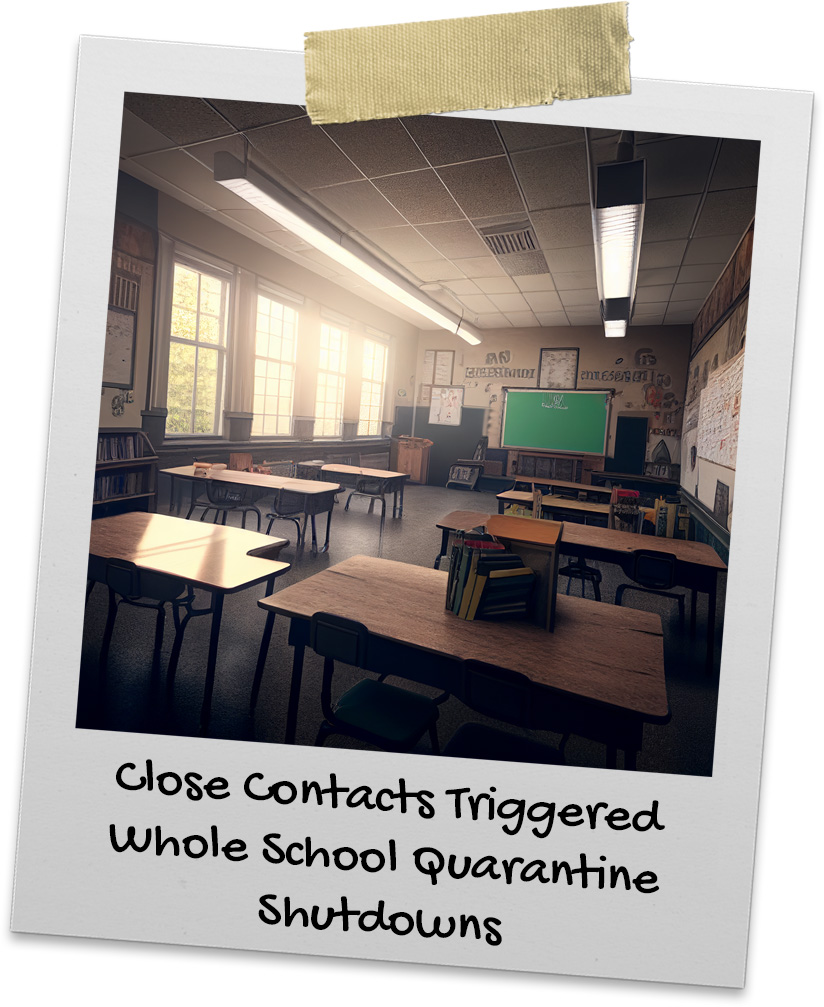
Close Contacts Triggered Mandatory Quarantines

Senior Prom and Graduation Were Canceled
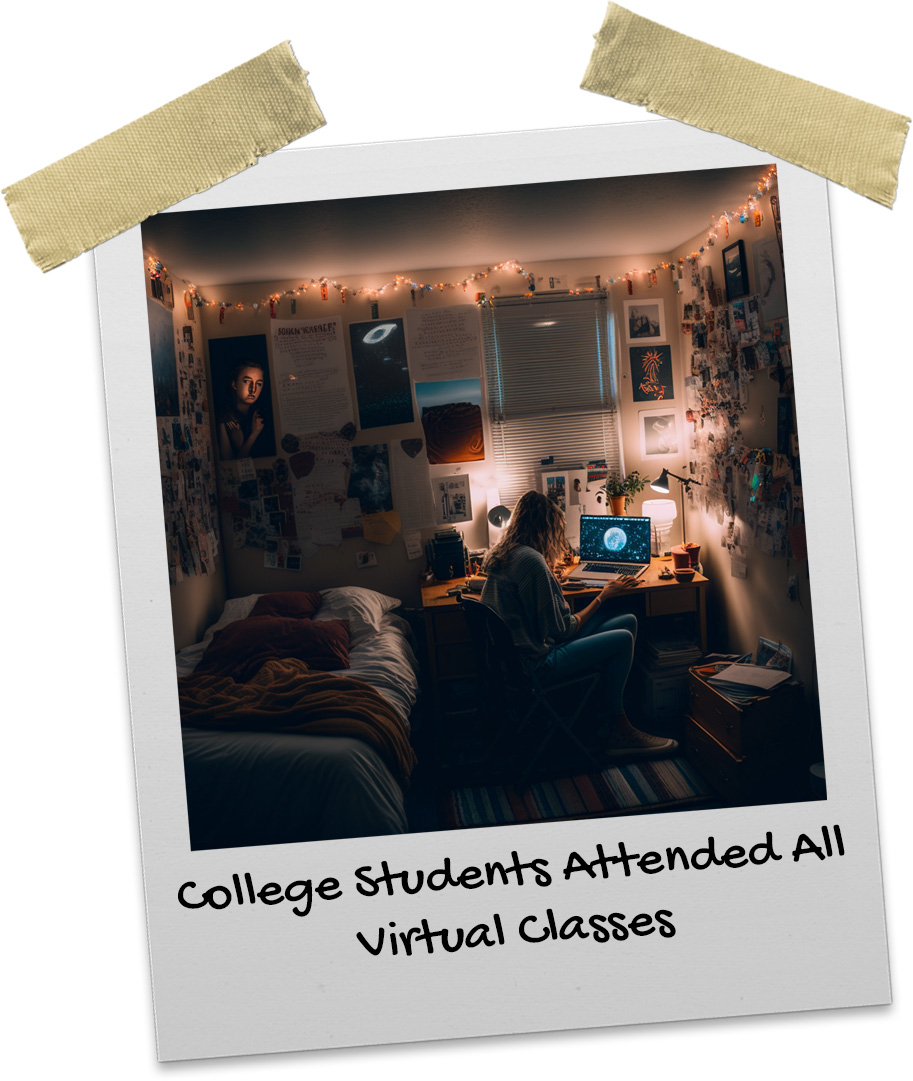
College Students Attended All Virtual Classes
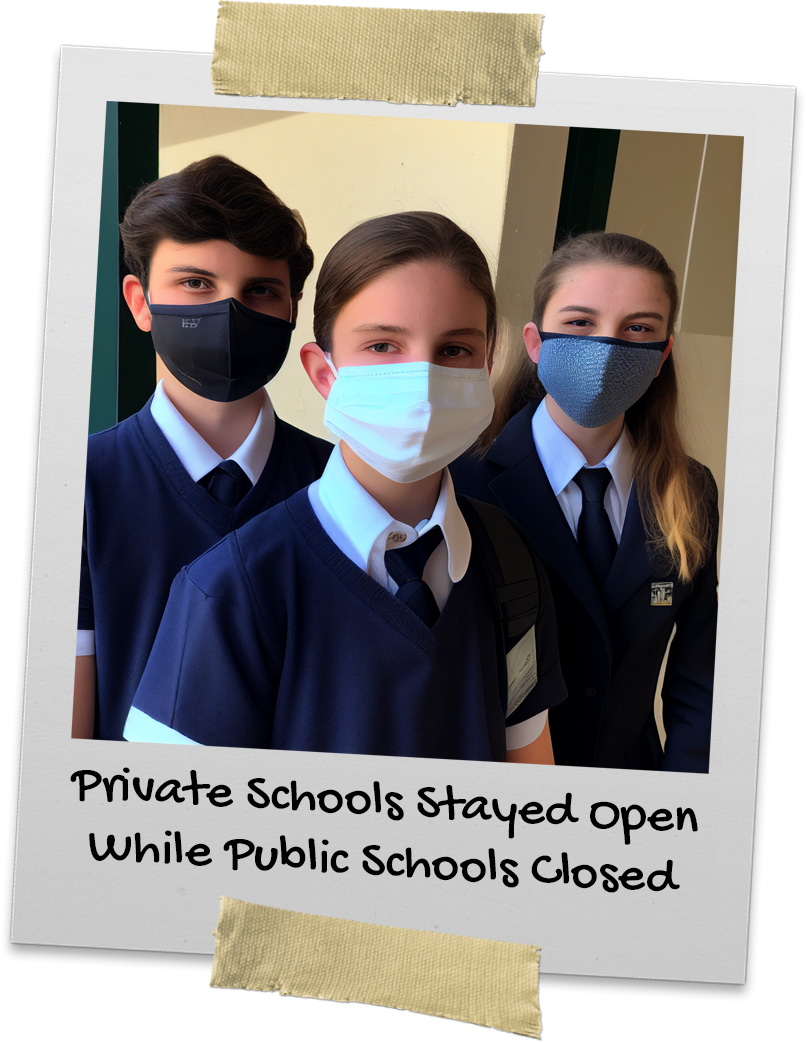
Private Schools Stayed Open While Public Schools Closed
